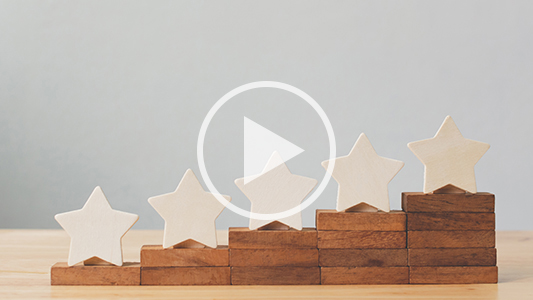INSIGHTS
WHAT A START TO THE YEAR
Mark Lister, 19 January 2022
If the first few weeks of 2021 are anything to go by, it’s going to be an eventful year.
US shares are headed for their worst start to a year since 2016 and higher growth sectors like technology are getting hit hardest.
Big tech is down ten per cent from its November highs, while Cathie Wood’s flagship ARK Innovation fund – a poster child for the COVID-era bull market – has fallen 18 per cent this year, having halved in value from its 2021 peak.
The culprit is rising interest rates, driven by further evidence of inflation and more backtracking from the world’s biggest central bank, the US Federal Reserve.
In October the Fed was still arguing inflationary pressures were transitory, and that 2022 might bring just one move in interest rates.
Since then, they've given up on the transitory rhetoric, started tapering their quantitative easing (QE) purchases, doubled the pace of that tapering, told us that three hikes in 2022 are now more likely, and hinted that quantitative tightening (QE in reverse) could soon begin.
That’s a lot to digest in just a few months, hence the dramatic the market reaction.
US interest rates, both short and longer term, have risen sharply in response. This has taken the wind out of sharemarkets, particularly for high growth stocks that trade at lofty valuations.
Nothing has really changed for these companies, but as the bulk of (or in some cases, all) profits are some ways into the future, investors are much less willing to pay higher prices upfront now the cost of money is rising.
In contrast, some of the “old world” businesses that have been living in the shadow of their digital counterparts have found themselves in vogue.
This rapidly shifting backdrop creates a conundrum for investors returning from their summer holidays.
With the current inflation rate well above the return on most conservative assets, the purchasing power of money sitting in cash, term deposits or bonds falls as each day passes.
It makes for a tough choice - chance your arm with highly priced, volatile markets just as the punch bowl is being removed, or opt for safety and guarantee a negative return (after adjusting for inflation).
I’d personally choose to buckle up and remain invested, but I’d also consider taking a bit of risk off the table, while taking another look at how my portfolio was structured.
I wouldn’t be panicking and selling out of all my technology and growth shares. This group includes some of the greatest companies in the world, and one needs to think like a business owner and play the long game.
However, I would be making sure I also had a healthy dose of defensive exposures, as well as some of the less exciting “meat and potatoes” businesses. These steady performers are often the ones that pay reliable dividends, while being more modestly priced and therefore less sensitive to changes in interest rates.
We’ll get a better sense of what’s coming next week, with the Fed holding its first meeting of 2022, and the latest inflation reading due here in New Zealand.
The latter could see an annual rate of almost six per cent, quite possibly the highest in 30 years. This could put the Reserve Bank in a difficult spot, especially if the economy runs into headwinds while inflation remains stubbornly high.
Inflation and interest rates are looming as the dominant theme in 2022, and where they go from here will have a big impact on the path of the economy, house prices and financial markets.
Make no mistake, it’s going to be a more challenging year. Play it a bit safer, make sure you’re well-diversified rather than out on a limb, and keep your return expectations on the ground.




